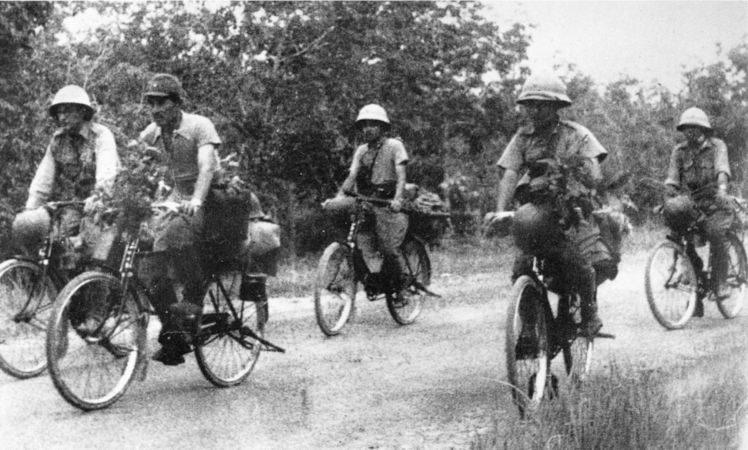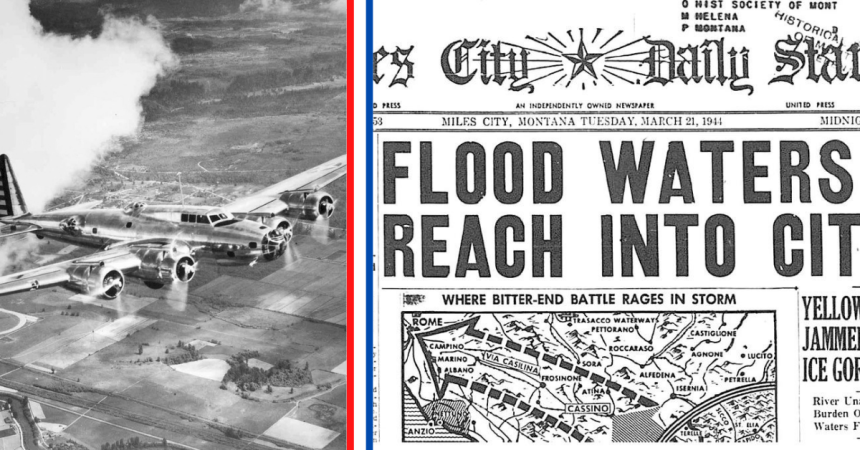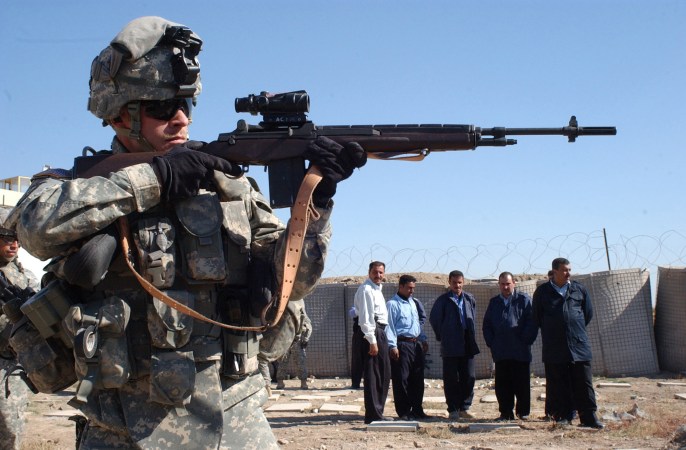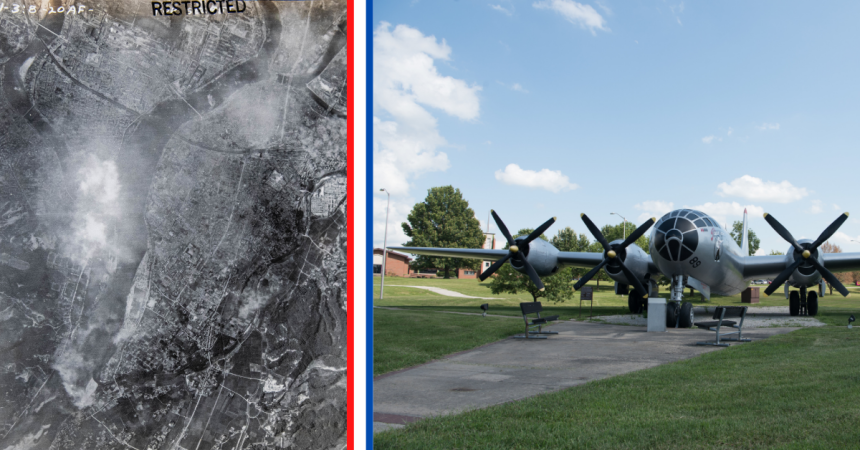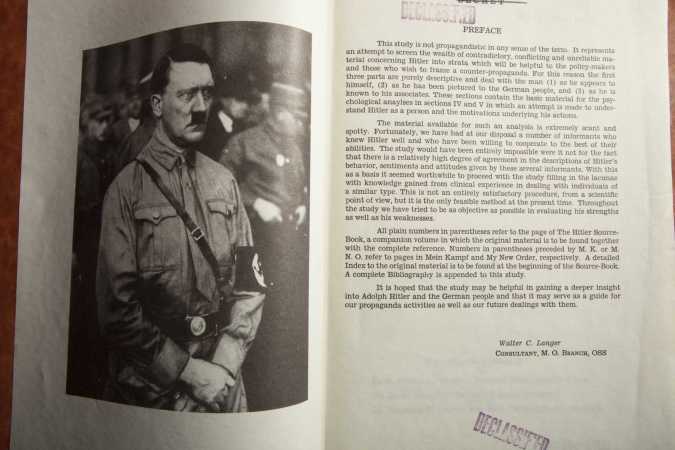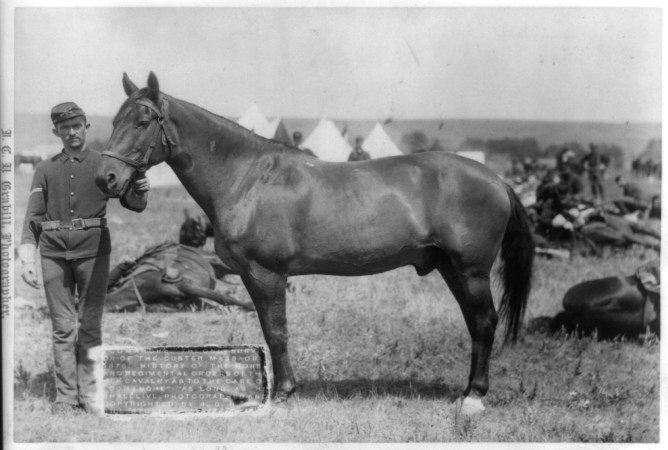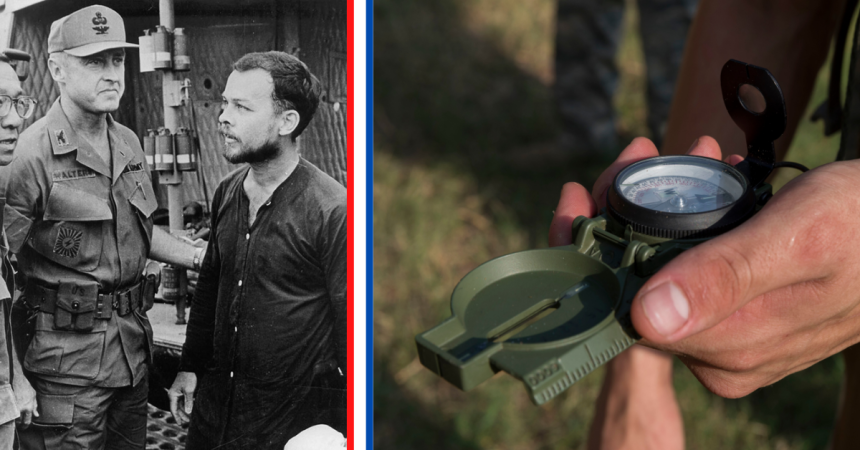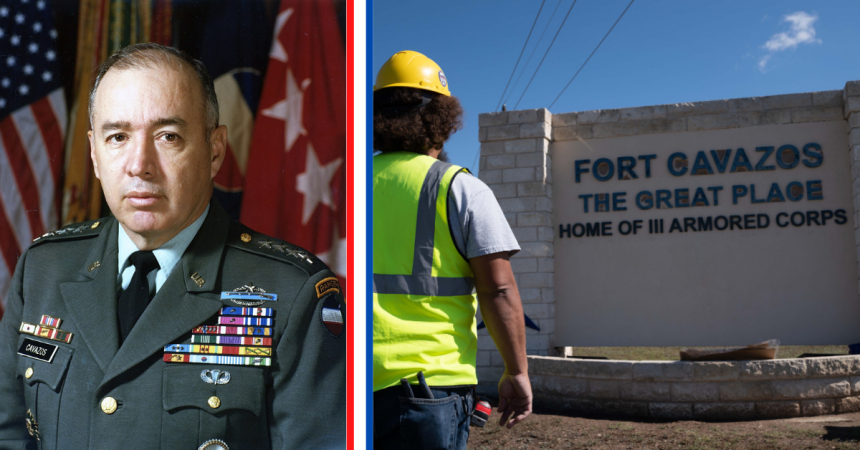In 1999, U.S. military planners had to solve a tricky problem: How do you stop a ruthless dictator from breaking the rules without resorting to ruthless tactics yourself? Concrete bombs.
Iraqi dictator Saddam Hussein was ignoring “no-fly zones” established to keep him from attacking Kurdish and Sunni minorities in his own country. American and allied air forces were able to force Iraqi jets to stay on the ground, but Hussein ordered his anti-air units to antagonize the U.S. fighters from civilian areas. He also stationed other units in areas they weren’t allowed to be in, but made sure they were surrounded by civilians as well.

To hit the targets without causing collateral damage, the U.S. turned to “concrete bombs.” The bombs were training aids repurposed to destroy actual targets. Weighing 500, 1,000, or 2,000 pounds, they wouldn’t explode when they struck an enemy vehicle but would transfer their kinetic energy into it. This would destroy even large vehicles like tanks without harming people nearby. If the crew was lucky, they might even survive a bomb that struck outside of the crew area of a vehicle.
France used the bombs in 2011, dropping concrete bombs during the liberation of Libya. Concrete bombs are still used by America in both training and real world missions. To see a simulated concrete bomb destroy a car, check out the National Geographic video below.




